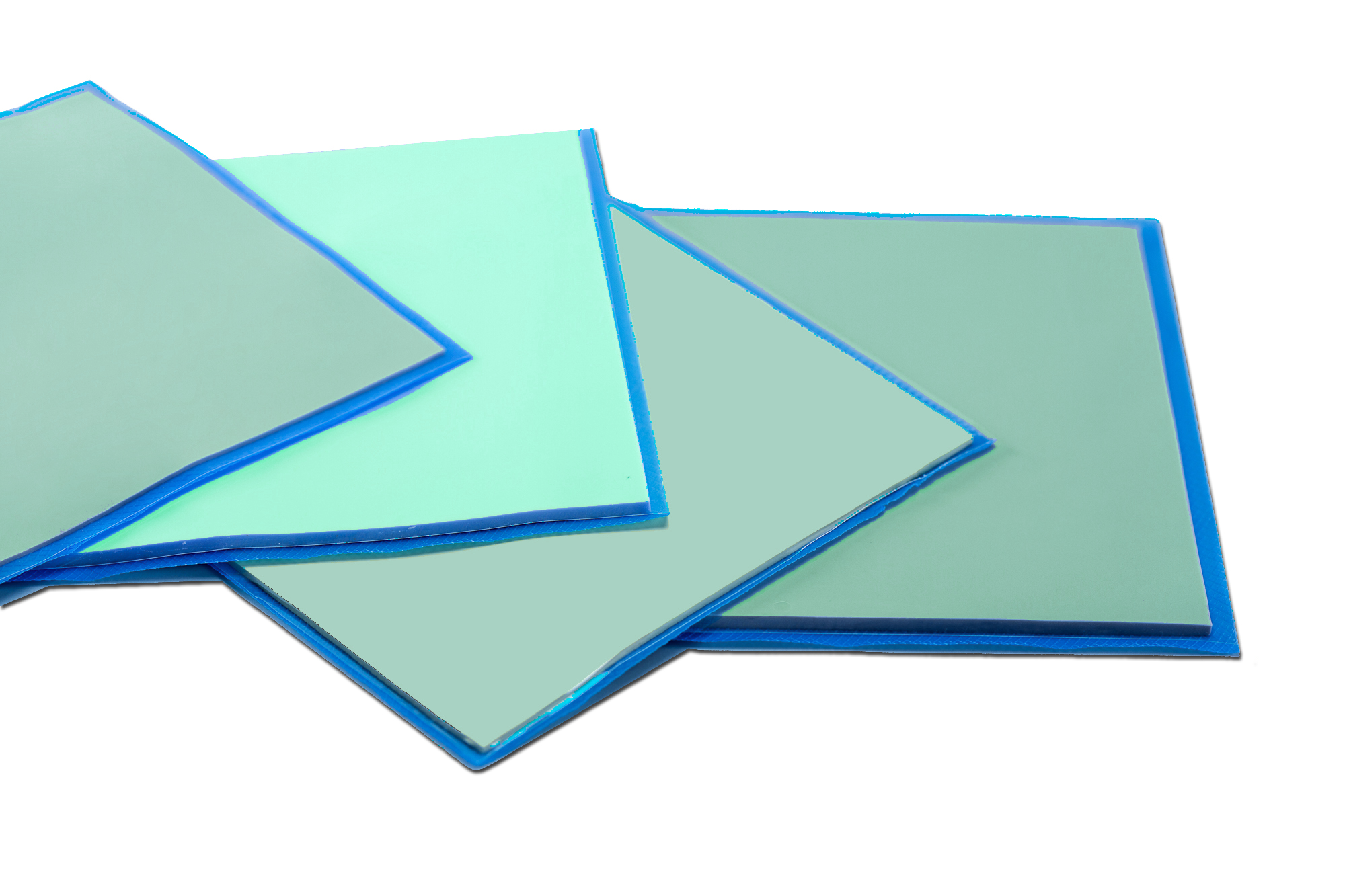TGP 3510PT | Thermal Putty Pad
- 0.45 Thermal Impedance
- 3.5 Thermal Conductivity
- 0.5 - 5 mm Thickness
Product Description
Honeywell TGP 3510PT is a green, thermally Conductive Putty Pad that provides high thermal performance and excellent thermal reliability. The material’s putty-like design enables excellent gap-filling capability for applications with large dimensional variances. Special surface reinforcement enables easier handling for operators during high volume assembly. It comes packaged with single (>=1mm) or double (<1mm) sided fiber glass and dual liners.
Honeywell TGP 3510PT is naturally tacky and requires no additional adhesive to mate to heat source and heat sink. This product can improve production efficiency by replacing pre cured gels and is available in thicknesses ranging from 1.0mm to 5.0mm.
Need a thickness below 1mm? Then we recommend our standard Thermal gap pads.
Technical Specifications
| General Properties | |||||
| Color Color The color | Green | ||||
| Film Thickness | 0.5 - 5 mm | ||||
| Specific Gravity Specific Gravity Specific gravity (SG) is the ratio of the density of a substance to the density of a reference substance; equivalently, it is the ratio of the mass of a substance to the mass of a reference substance for the same given volume. For liquids, the reference substance is almost always water (1), while for gases, it is air (1.18) at room temperature. Specific gravity is unitless. | 3.2 | ||||
| Electrical Properties | |||||
| |||||
| Volume Resistivity Volume Resistivity Volume resistivity, also called volume resistance, bulk resistance or bulk resistivity is a thickness dependent measurement of the resistivity of a material perpendicular to the plane of the surface. | 4.0x1013 Ohms⋅cm | ||||
| Mechanical Properties | |||||
| |||||
| Thermal Properties | |||||
| Thermal Conductivity Thermal Conductivity Thermal conductivity describes the ability of a material to conduct heat. It is required by power packages in order to dissipate heat and maintain stable electrical performance. Thermal conductivity units are [W/(m K)] in the SI system and [Btu/(hr ft °F)] in the Imperial system. | 3.5 W/m.K | ||||
| Thermal Impedance | 0.45 °C·cm²/W | ||||
| UL 94 Rating UL 94 Rating Flammability rating classification. It determines how fast a material burns or extinguishes once it is ignited. HB: slow burning on a horizontal specimen; burning rate less than 76 mm/min for thickness less than 3 mm or burning stops before 100 mm V-2: burning stops within 30 seconds on a vertical specimen; drips of flaming particles are allowed. V-1: burning stops within 30 seconds on a vertical specimen; drips of particles allowed as long as they are not inflamed. V-0: burning stops within 10 seconds on a vertical specimen; drips of particles allowed as long as they are not inflamed. 5VB: burning stops within 60 seconds on a vertical specimen; no drips allowed; plaque specimens may develop a hole. 5VA: burning stops within 60 seconds on a vertical specimen; no drips allowed; plaque specimens may not develop a hole | V-0 | ||||
Additional Information

Shelf Life: 12 months at 23±2˚C
Thickness range: 1.0-5.0mm with 0.25mm incremental
Thickness Tolerance: >=1mm, ±10%, 0.5-1mm, ±0.1mm
What is the difference between TGP3500PT and TGP3510PT?
The key differences between these two grades are color and quality control.
- Color
- In the figure below you can see that TGP3510PT is green, meanwhile TGP3500PT is white.
- Quality control
- The hardness of both is exactly the same during the quality test. Specs for both grades are 6-20.
- The residual stress of TGP3500PT (@70% compression)is its QA item and it will be tested for each lot. This data is listed on COA as one of the quality items.
- Oil bleeding of TGP3500PT is tested every 5 lots. Test result is used as HON internal control but this is not listed in COA.




